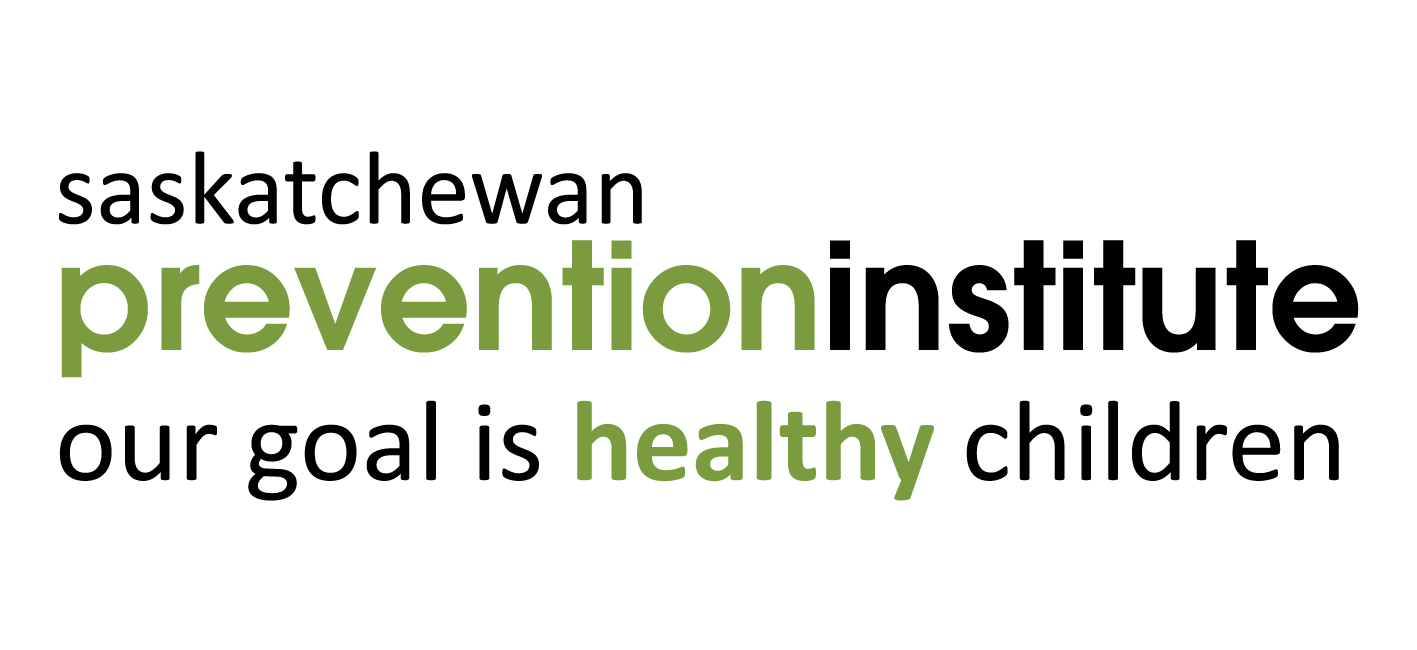- Display 15 Products per page
-
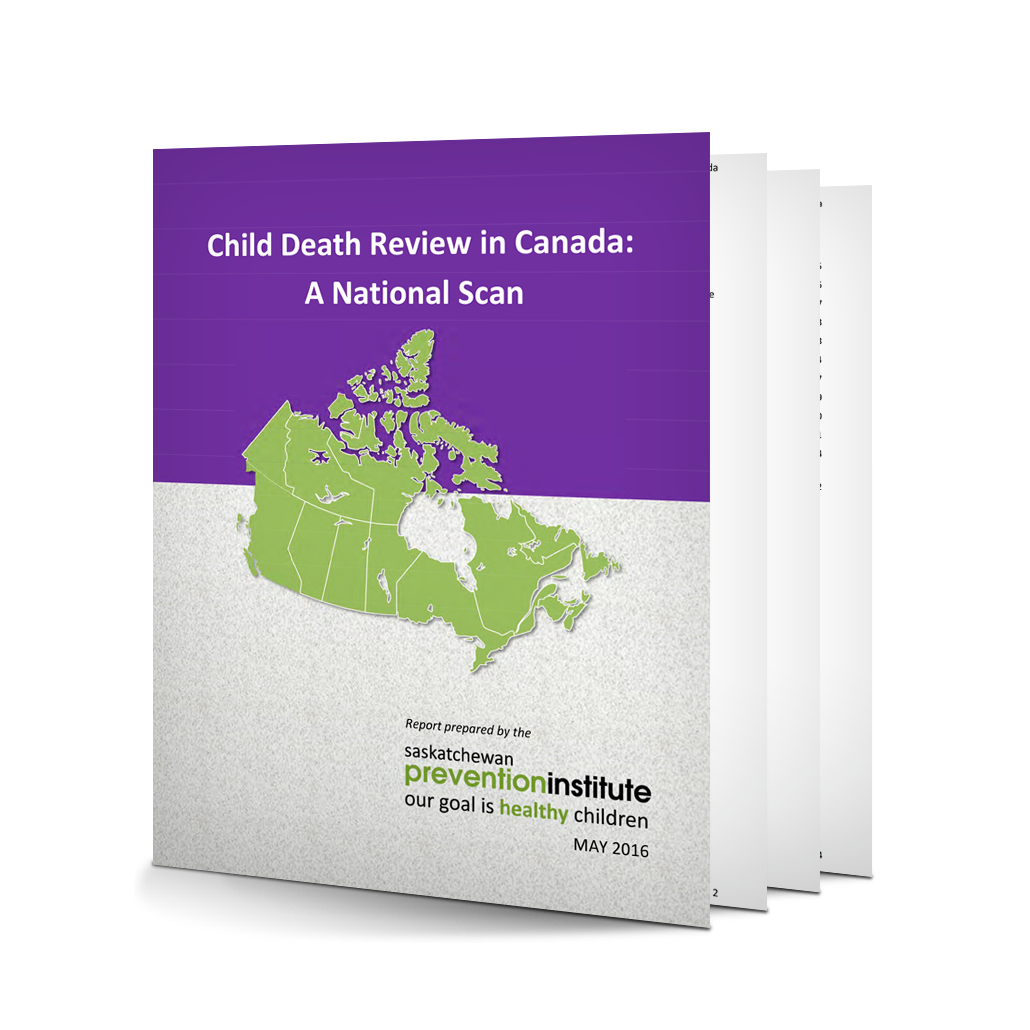
Child Death Review in Canada: A National Scan
Report, 2016
This report provides information about current child death review processes that exist in each of the provinces and territories in Canada, based on interviews with key informants in each region. Particular attention is paid to those provinces with a coordinated, multi-disciplinary, provincial child death review process. Recommendations and advice for others initiating a child death review process are also included.
SKU: 2-460 -
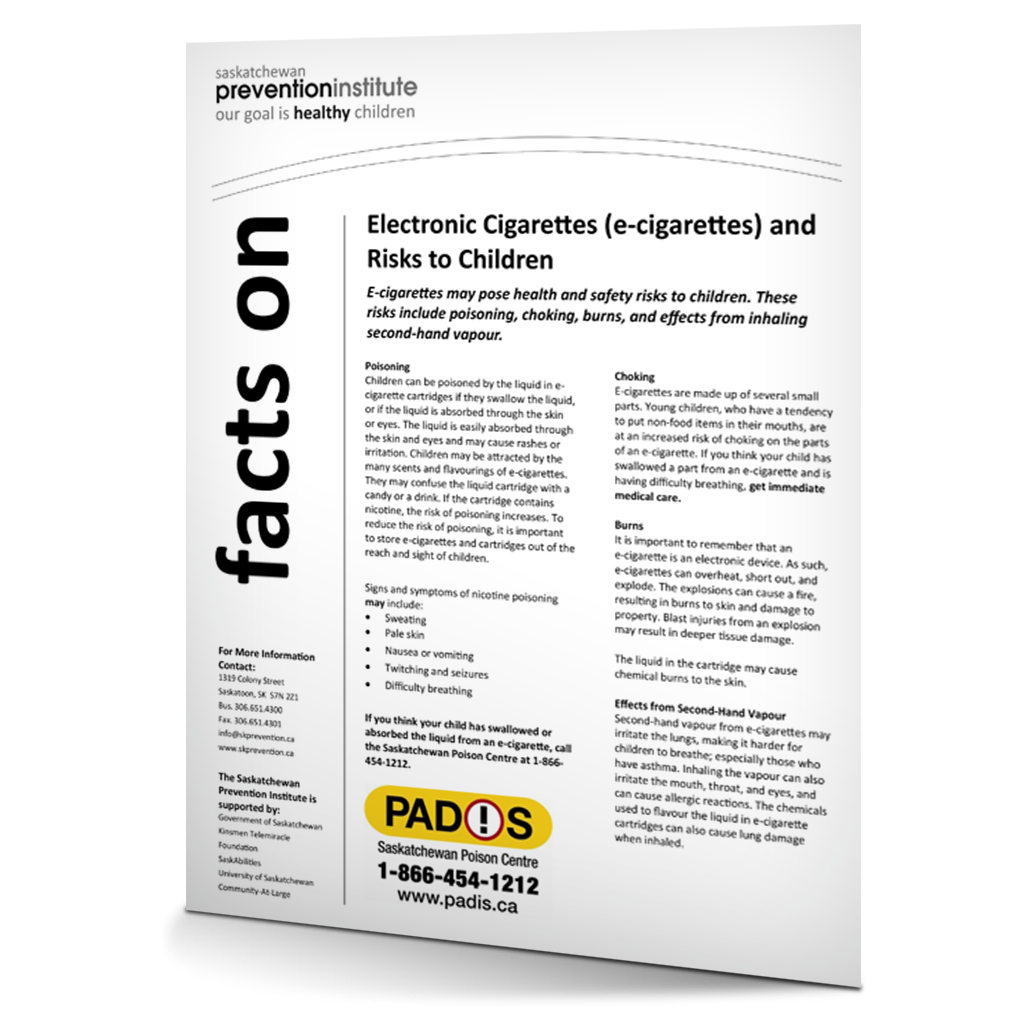
Electronic Cigarettes (e-cigarettes) and Risks to Children
Fact Sheet, Revised 2017
This fact sheet defines what electronic cigarette devices are and how they can be harmful to the health of children and youth. This resource outlines tips for parents to avoid injury or accidental poisoning from electronic cigarettes.
SKU: 4-301 -
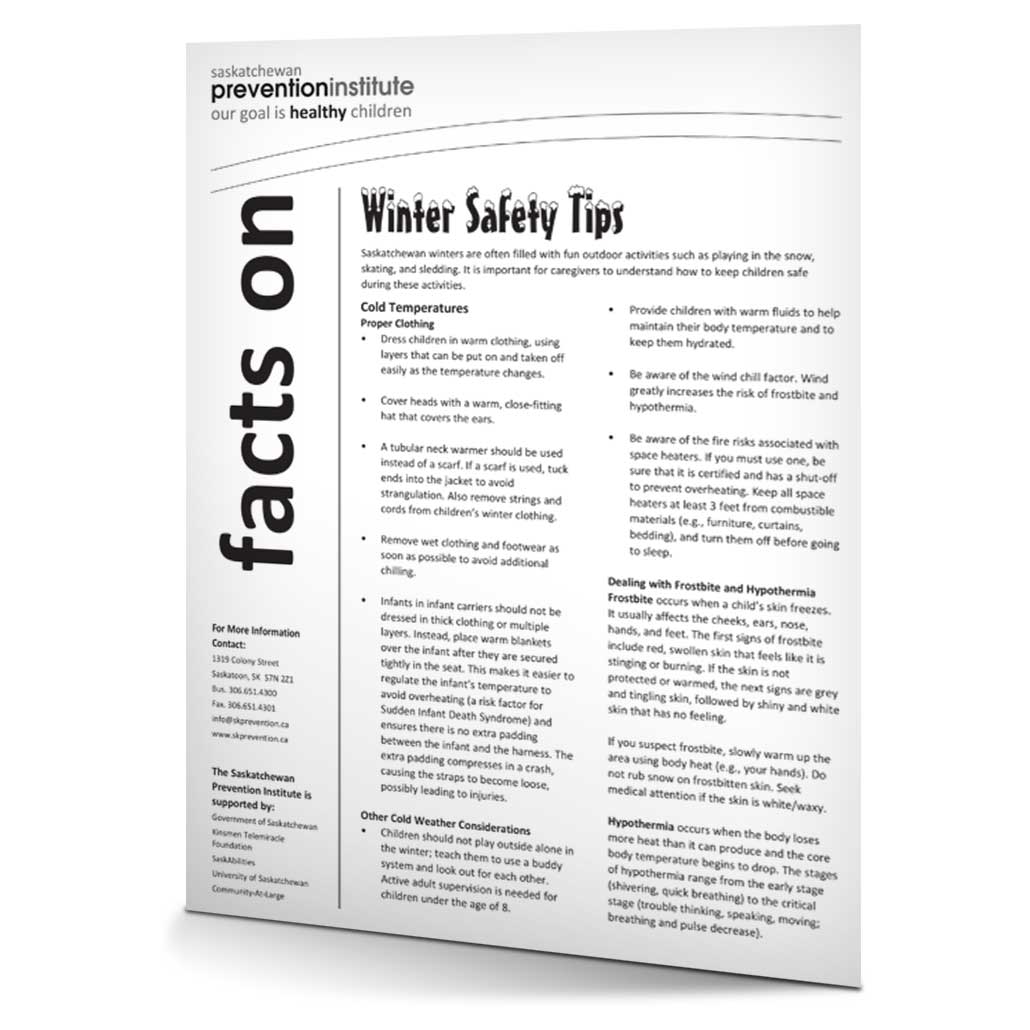
Winter Safety
Fact Sheet, Revised 2019
This fact sheet provides tips on winter safety and includes a colouring page.
SKU: 4-020 -
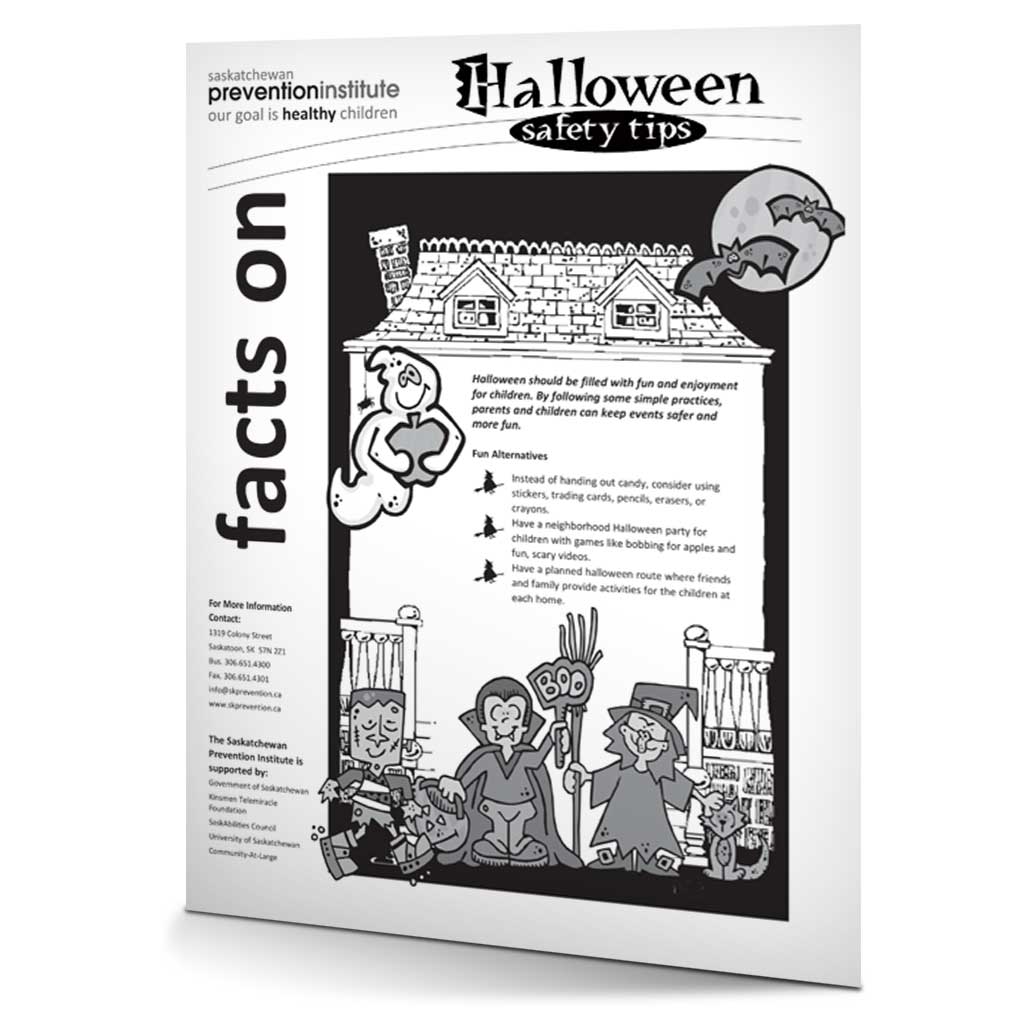
Halloween Safety
Fact Sheet, Revised 2019
This fact sheet provides Halloween safety tips and includes a colouring page.
SKU: 4-018 -
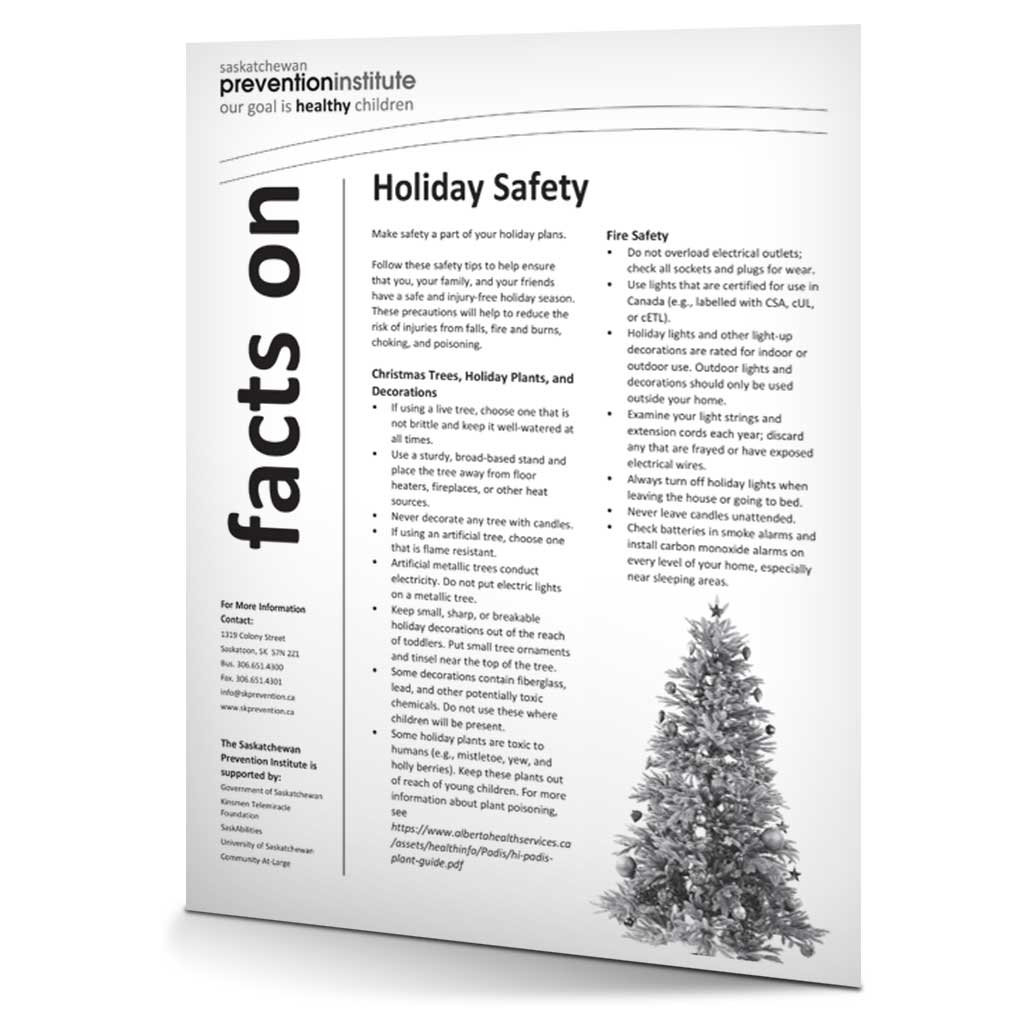
Holiday Safety
Fact Sheet, Revised 2019
This fact sheet provides safety tips to help ensure an injury-free holiday season and includes a colouring page.
SKU: 4-019 -

Child Pedestrian Safety
Fact Sheet, Revised 2015
This fact sheet provides tips and facts on child pedestrian safety.
SKU: 4-021 -
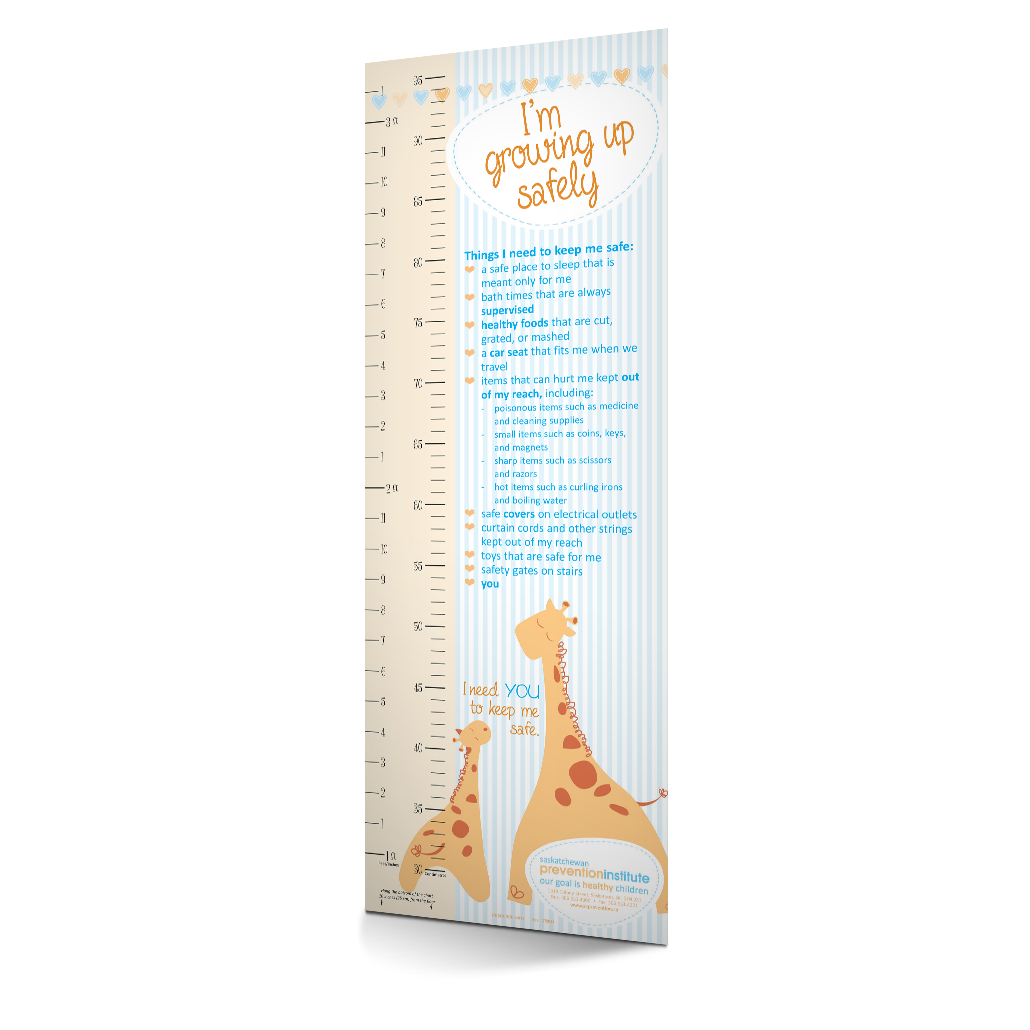
I’m Growing up Safely – Growth Chart
Poster, Revised 2011
This resource provides home safety information for parents and caregivers in the form of a children’s growth chart. The growth chart reaches a maximum height of 90 cm (36 inches or 3 feet) and is intended for children between birth and 2 years of age.
SKU: 4-012 -
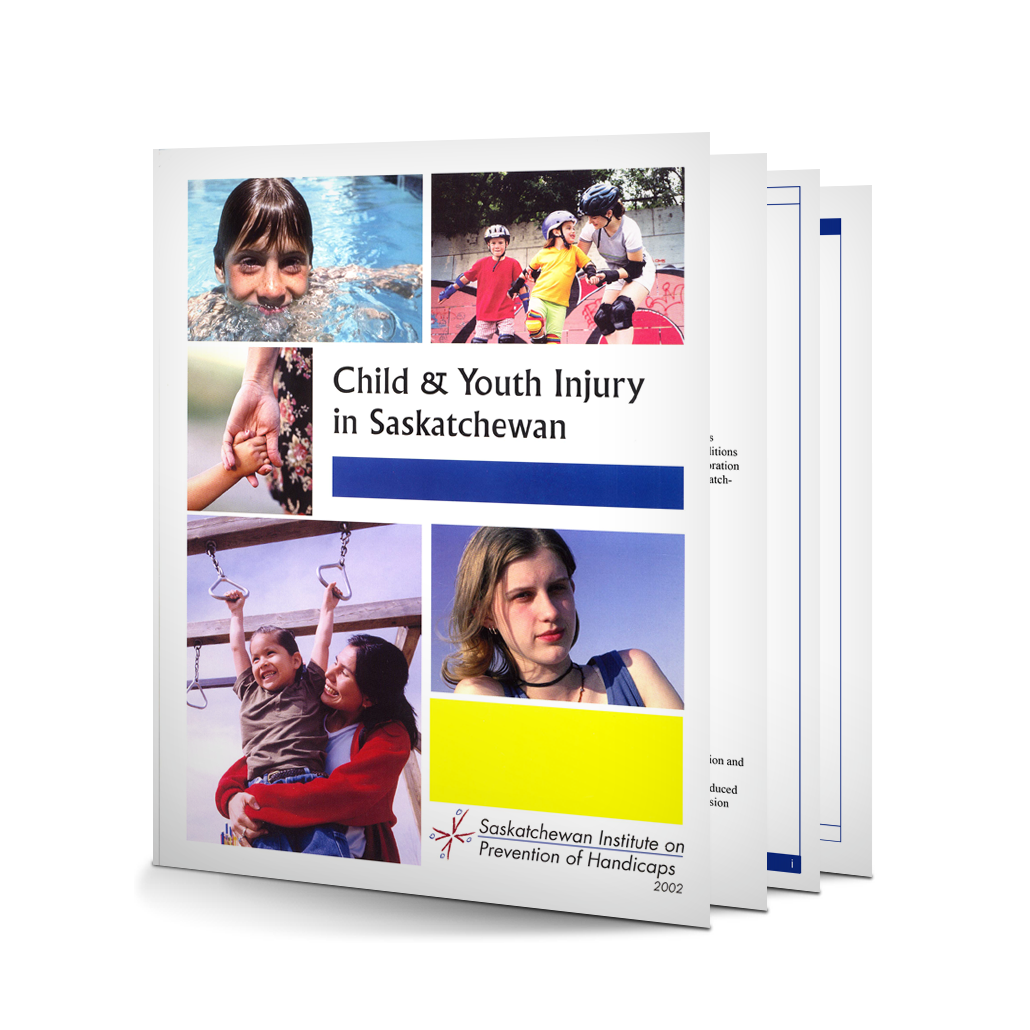
Child and Youth Injury in Saskatchewan 1995-1999
Report, 2002
This report focuses on the most significant causes of injury-related hospitalizations and deaths for Saskatchewan children and youth. The most significant causes discussed in this report are falls, motor vehicle traffic, self-injury, drowning and choking, fire and flame, poison, motor vehicle pedestrian, sports, and assaults.
SKU: 4-006 -

Elijah’s Story
Video, 2000
Elijah’s Story is the true story of a 16-month-old baby boy who was shaken to death by his biological father. The film follows the young family from the birth of Elijah to the 911 emergency call and sentencing hearing. Testimonies are given by Elijah’s mom and grandparents, as well as by the doctor, detective, and judge in the case. Elijah’s mom shares her emotions as she tries to go on, and Elijah’s dad speaks out from prison, encouraging others to learn from his mistakes.
SKU: 4-V-402 -
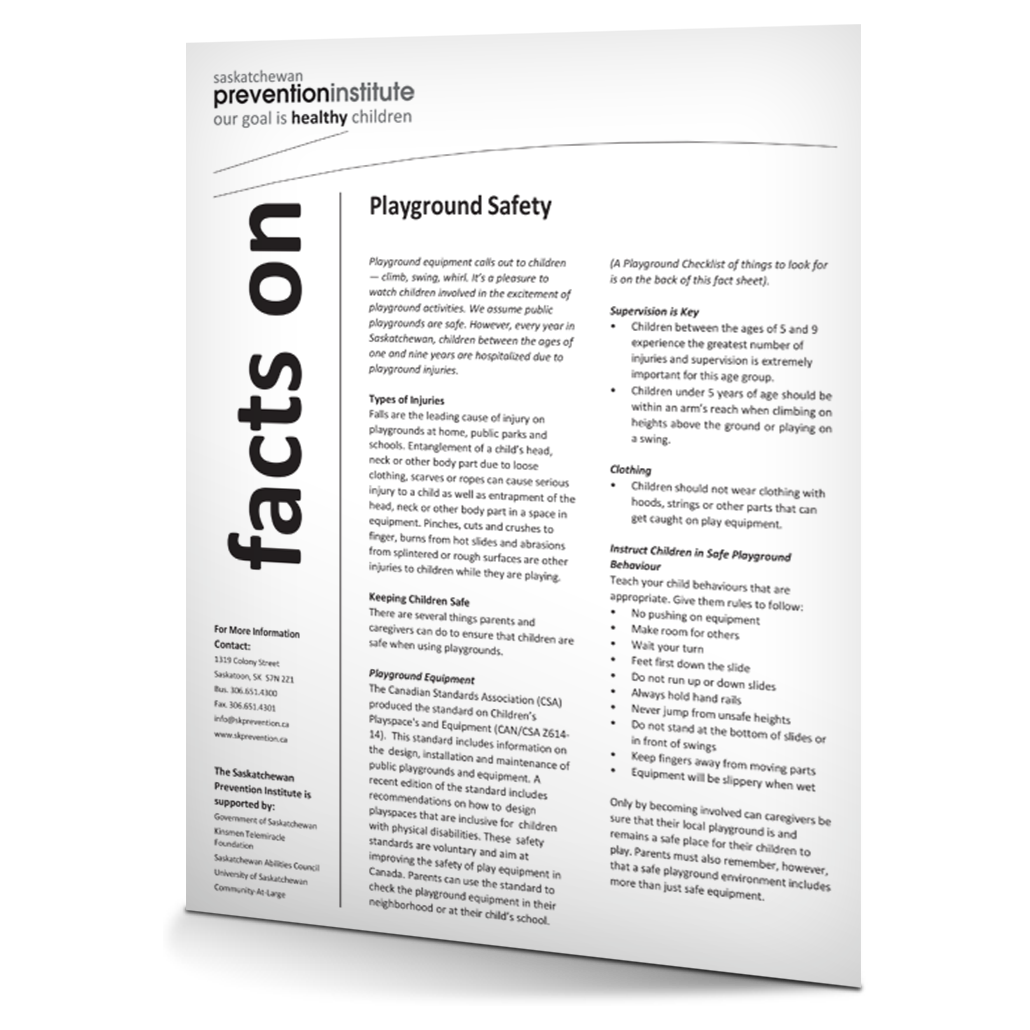
Playground Safety
Fact Sheet, 2005
Every year in Saskatchewan, children between the ages of one and nine years are hospitalized due to playground injuries. This fact sheet outlines the steps parents can take to protect their children. Includes a checklist for ensuring their local playgrounds are safe and well-maintained.
SKU: 4-800 -
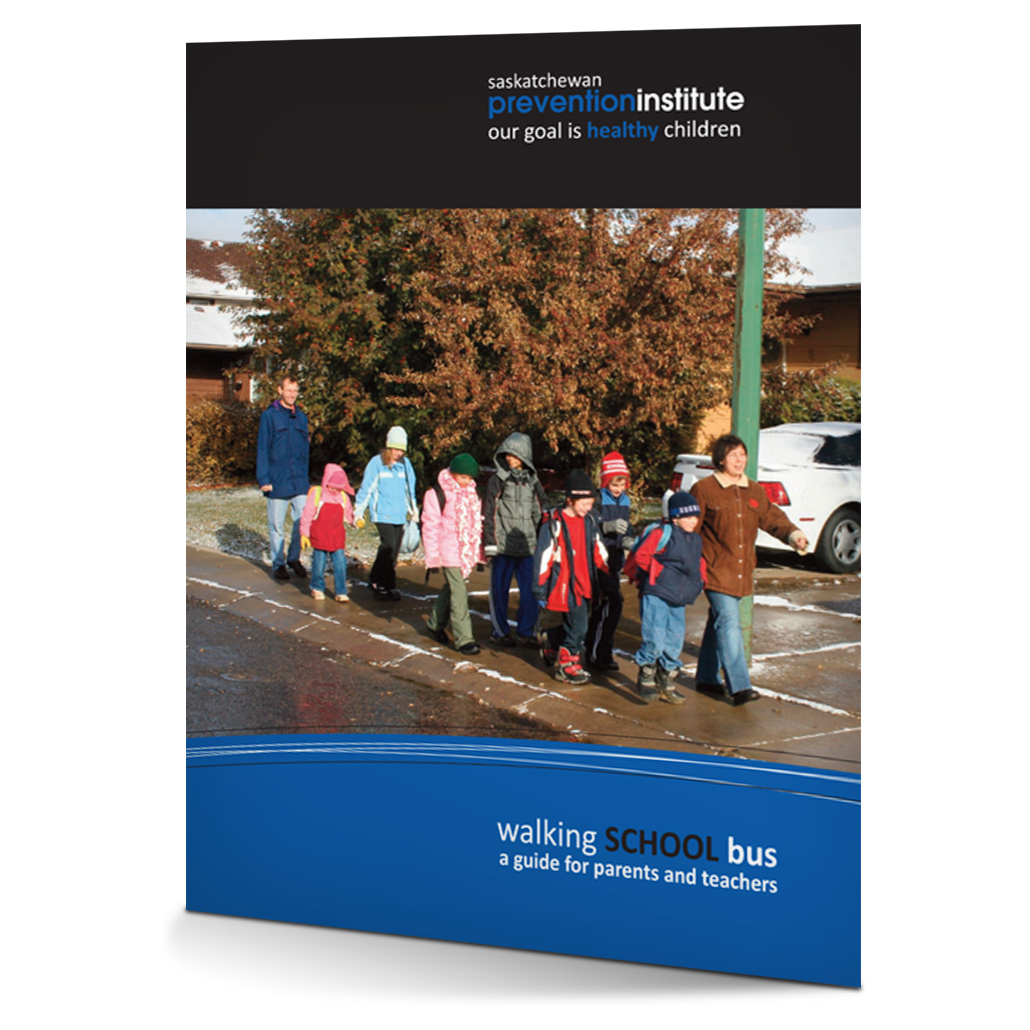
Walking School Bus: A Guide for Parents and Teachers
Guide and Manual, 2010
A Walking School Bus (WSB) is a group of children (passengers) and adults (drivers and conductors) who walk to and from school along a designated, safe route. The “bus” picks up students and drops them off in the reverse order in the afternoon. This guide identifies the benefits, such as safety, environmental, and health of a WSB. It also goes through the process needed to set up a Walking School Bus.
SKU: 4-305 -
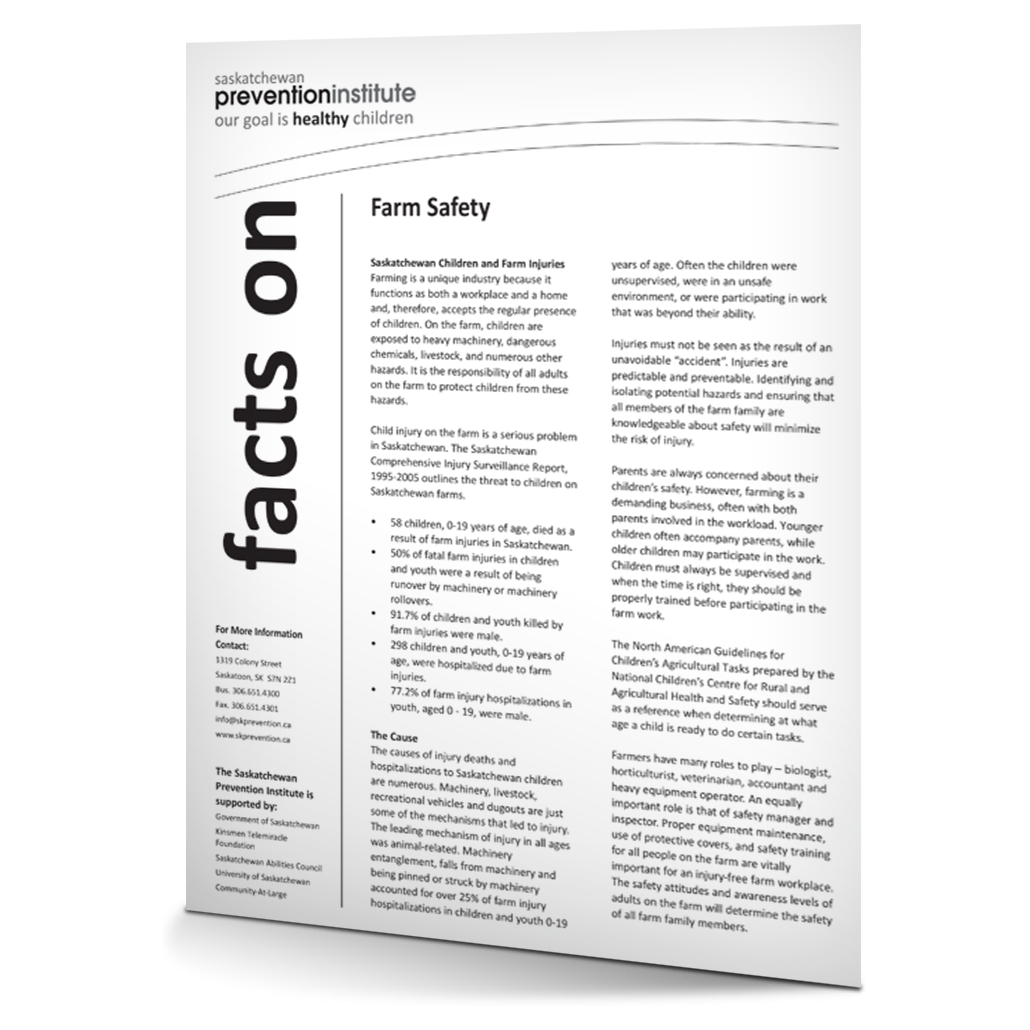
Farm Safety
Fact Sheet, 2010
Every year, children are injured on Saskatchewan farms. This information sheet was developed to assist families in making the farm a safe place for children and outlines ways to help prevent injuries.
SKU: 4-600 -
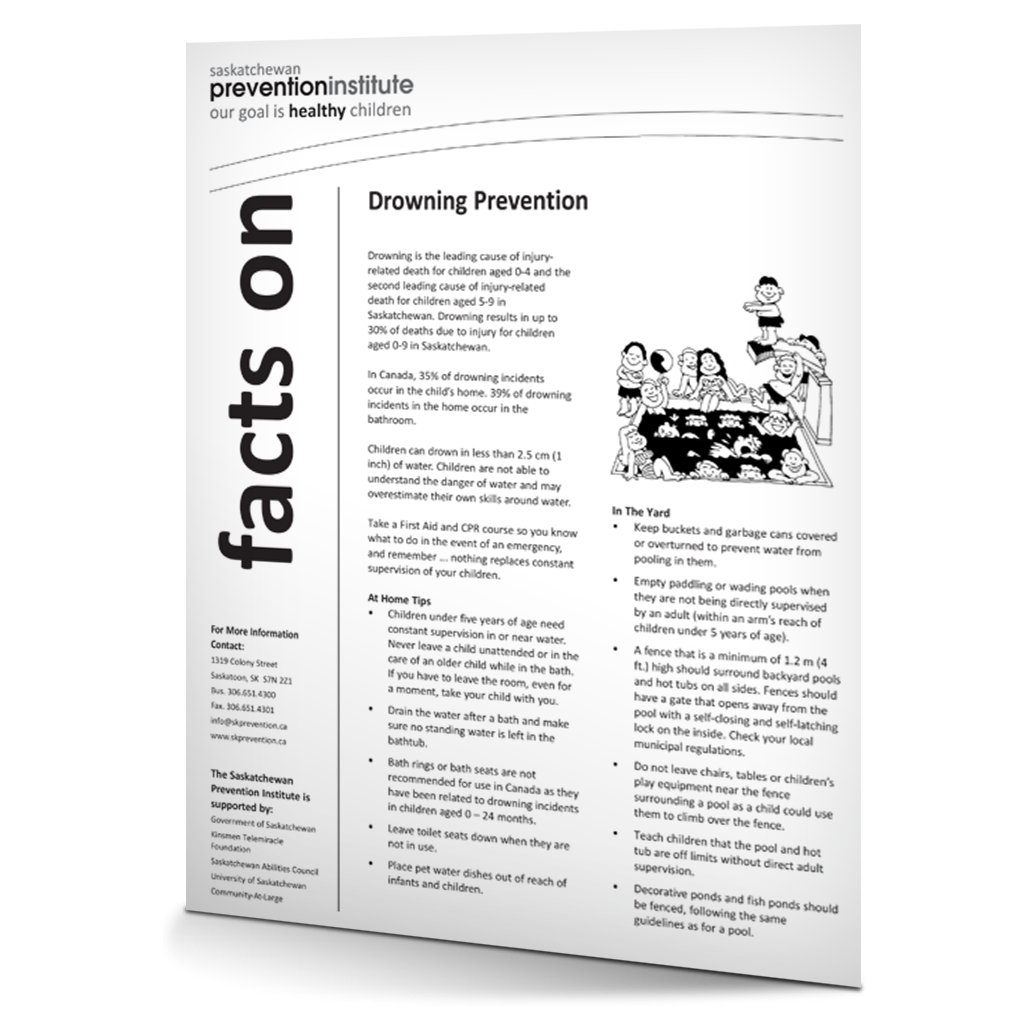
Drowning Prevention
Fact Sheet, 2010
Drowning can happen swiftly and silently. In Saskatchewan, drowning is the leading cause of death due to injury among children birth to four years of age and is the second leading cause of death due to injury among children five to nine years of age. The fact sheet outlines ways to assist you in protecting your family from drowning. Ideal for families and professionals working in the area of child safety.
SKU: 4-500 -
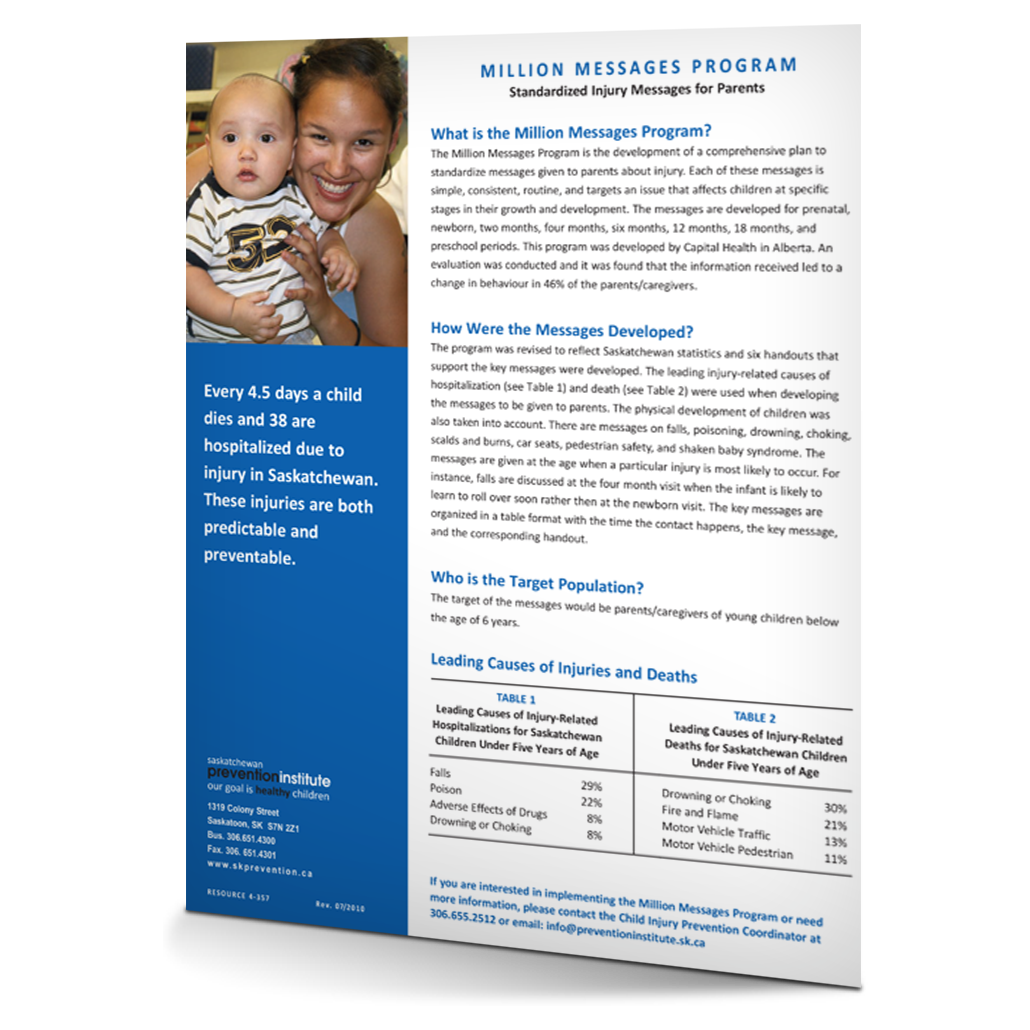
Million Messages: Program
Information Card, 2012
The Million Messages program is the development of a comprehensive plan to standardize messages given to parents about injury by public or community health nurses. Each of these messages is simple, consistent, routine, and targets an issue that affects children at specific stages in their growth and development. The messages are developed for visits during the prenatal, newborn, two months, four months, six months, twelve months, eighteen months, and preschool periods. This program was developed by Capital Health in Alberta.
SKU: 4-357 -
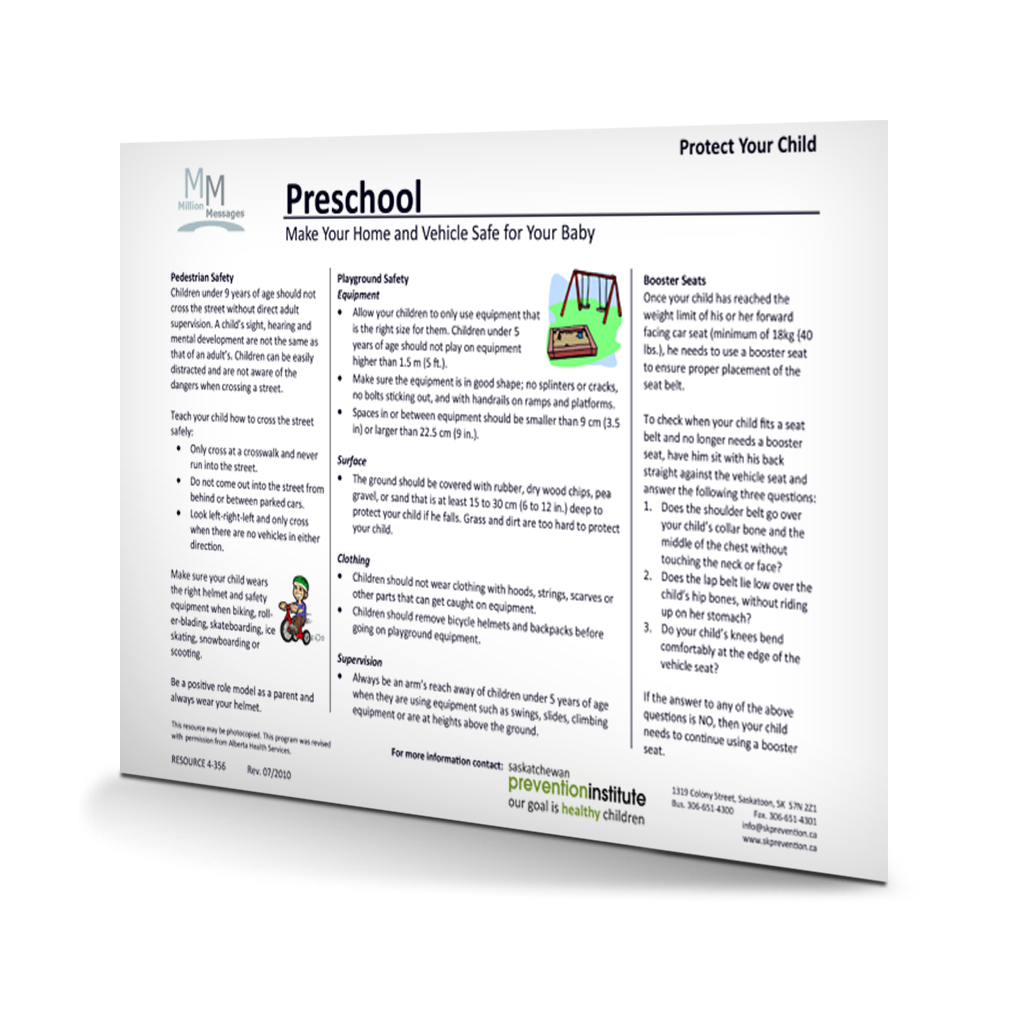
Million Messages: Preschool
Information Card, 2012
The Million Messages program is the development of a comprehensive plan to standardize messages given to parents about injury by public or community health nurses. Each of these messages is simple, consistent, routine, and targets an issue that affects children at specific stages in their growth and development. The messages are developed for visits during the prenatal, newborn, two months, four months, six months, twelve months, eighteen months, and preschool periods. This program was developed by Capital Health in Alberta.
SKU: 4-356
